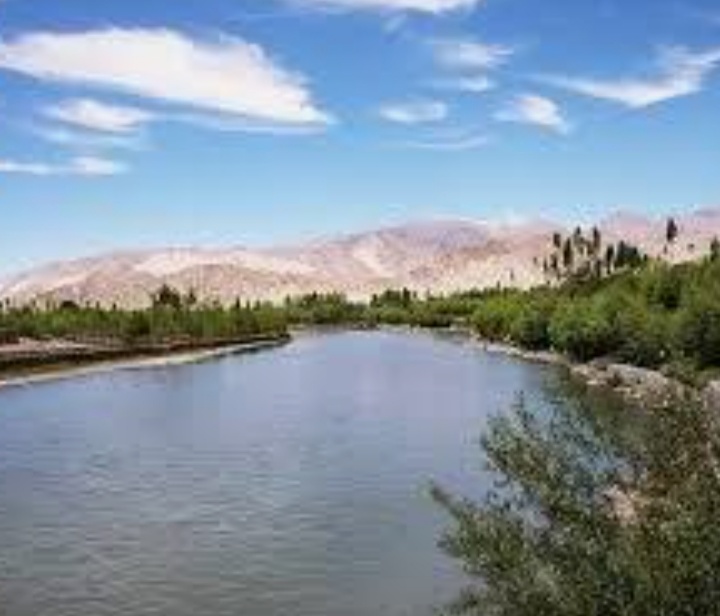New Delhi:
As diplomatic and military tensions between India and Pakistan simmer following Tuesday’s deadly terrorist attack in Pahalgam, Iran has stepped forward with an offer to mediate between the two countries. Citing centuries-old civilizational ties and invoking a Persian poem from the 13th century, Tehran said it is ready to help defuse tensions in the region.
Iranian Foreign Minister Seyed Abbas Araghchi on Friday described both India and Pakistan as “brotherly neighbours”.
“India and Pakistan are brotherly neighbours of Iran, enjoying relations rooted in centuries-old cultural and civilizational ties. Like other neighbours, we consider them our foremost priority. Tehran stands ready to use its good offices in Islamabad and New Delhi to forge greater understanding at this difficult time,” he said.
Mr Araghchi’s statement was accompanied by a quotation from Bani Adam, a famous 13th-century Persian poem written by legendary Iranian poet Saadi Shirazi.
!

Indus River Valley civilizations
Overview
The Indus River Valley Civilization, 3300-1300 BCE, also known as the Harappan Civilization, extended from modern-day northeast Afghanistan to Pakistan and northwest India.
Important innovations of this civilization include standardized weights and measures, seal carving, and metallurgy with copper, bronze, lead, and tin.
Little is understood about the Indus script, and as a result, little is known about the Indus River Valley Civilization’s institutions and systems of governance.
The civilization likely ended due to climate change and migration.
Geography and time-frame
In 1856, British colonial officials in India were busy monitoring the construction of a railway connecting the cities of Lahore and Karachi in modern-day Pakistan along the Indus River valley.
As they continued to work, some of the laborers discovered many fire-baked bricks lodged in the dry terrain. There were hundreds of thousands of fairly uniform bricks, which seemed to be quite old. Nonetheless, the workers used some of them to construct the road bed, unaware that they were using ancient artifacts. They soon found among the bricks stone artifacts made of soapstone, featuring intricate artistic markings.
Though they did not know it then, and though the first major excavations did not take place until the 1920s, these railway workers had happened upon the remnants of the Indus Valley Civilization, also known as the Harappan Civilization, after Harappa, the first of its sites to be excavated, in what was then the Punjab province of British India and is now in Pakistan. Initially, many archaeologists thought they had found ruins of the ancient Maurya Empire, a large empire which dominated ancient India between c. 322 and 185 BCE.
Before the excavation of these Harappan cities, scholars thought that Indian civilization had begun in the Ganges valley as Aryan immigrants from Persia and central Asia populated the region around 1250 BCE. The discovery of ancient Harappan cities unsettled that conception and moved the timeline back another 1500 years,situating the Indus Valley Civilization in an entirely different environmental context.


